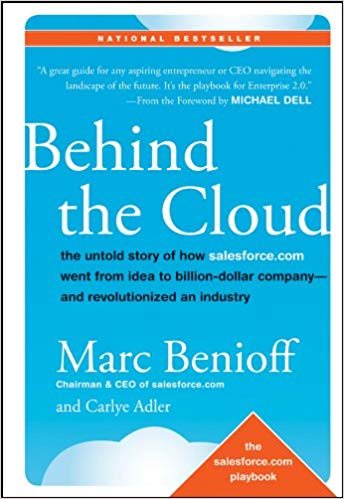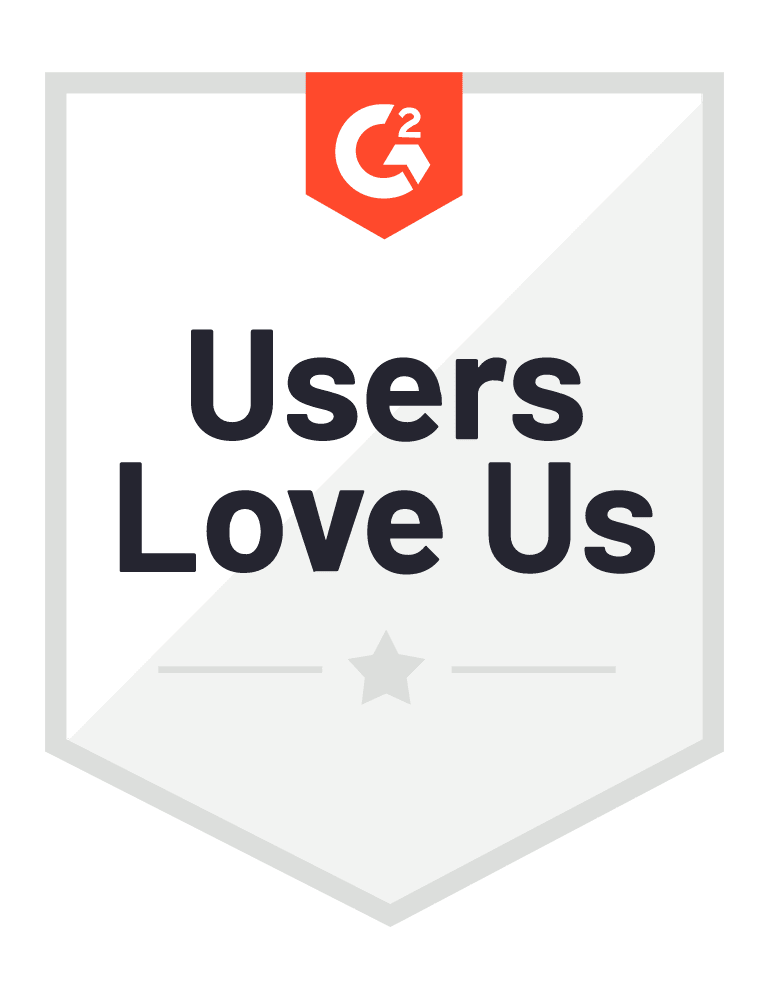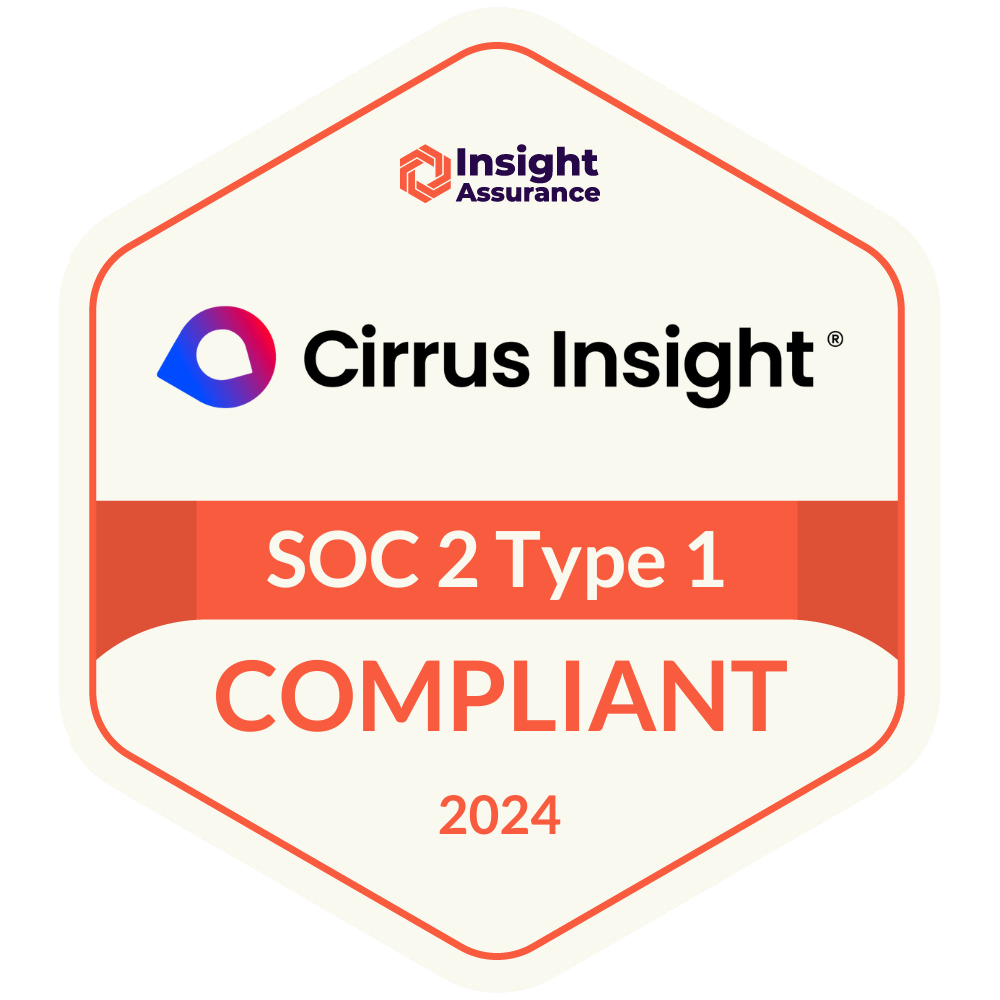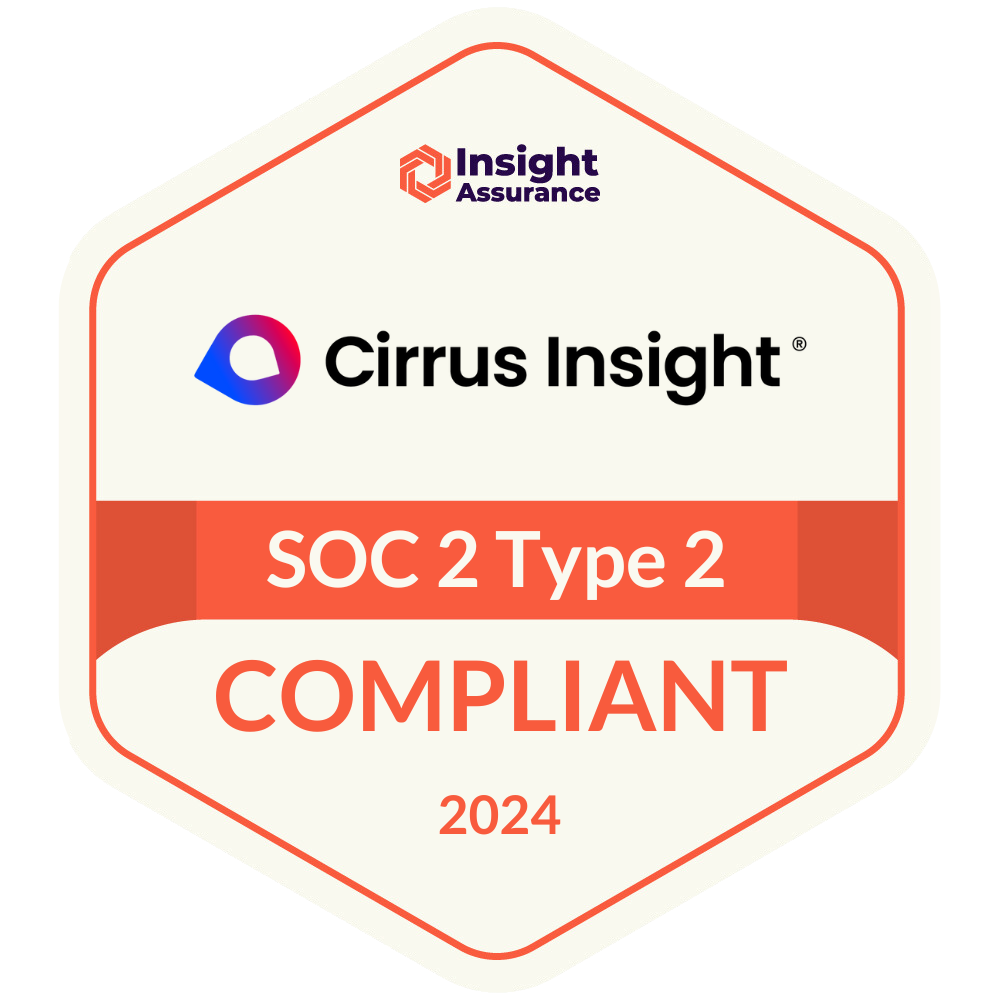- Solutions
-
Products
-
Resources
Sales Automation Tools | Cirrus Insight by Kristi Campbell View all Blog Posts >Get the App, Get the Sidebar, & Get Your Trial Going HereUnleash limitless growth opportunities by partnering with Cirrus Insight.
- Pricing
Filter By:
- All topics
- Sales Productivity
- Sales Intelligence
- Salesforce
- Sales Strategy
- Sales Prospecting
- Book More Meetings
- Best of
- Company News
- Product
- Sales Leadership
- CRM Admininstration
- Sales Metrics
- Supercharge Sales Activity
- Team Scheduling
- Admin
- serious insights
- Prospect Smarter
- Sales Activity Data
- Sales Forecasting
- Scheduling Solutions
- Prospect Faster
- Auto-Sync Everything To Your CRM
- Chrome
- Comparison
- Financial Services
- For Admins
- Getting Started
- IT & Security
- outlook
Subscribe to our Blog for the Latest Insights
Join our blog community to stay informed and receive fresh content and actionable tips directly in your inbox.
Why You Should Customize Your Pitch Based on the Prospect’s Role
We can tell you about the tools to use and the metrics that matter when it comes to successfully managing everyday operations in sales. For the sake of optimizing efficiency, we can even tell you when to disqualify prospects early in the funnel for the sake of focusing solely on truly worthwhile leads.
And all of this insight is truly valuable, assuming that you’re successful at closing deals. All of the data you track and the tools in your back pocket are stepping stones. They help you move from point A to B — but as a salesperson, it’s on you to learn from the insights and maximize your use of the functionality.
The importance of personalization in sales nowadays is not a new concept. It’s relevant to the customer experience whether you’re a sales rep sending off cold pitch emails or an ecommerce business trying to encourage faster checkouts.
Regardless of the scenario, developing an approach that feels personal to the prospect or lead starts with understanding who they are. As a rep, you need to stop looking through the lens of your product. Instead, recognize that potential customers are most interested in solving for and meeting their goals.
The curveball here is that these goals can differ across individuals — even when they work for the same company. To account for different sets of pain points and goals, here’s why you should customize pitches based on a prospect’s role.
The Value in Pitching to An End User
If you haven’t read Marc Benioff’s book Behind the Cloud, add it to your list of sales must-reads this year. As the founder of Salesforce, he tells the story of his company’s early beginnings — taking it from an unknown startup to one of the largest cloud-based software companies in the world today.

One of the more interesting sales lessons he offers up throughout the course of the book centers around this idea of selling to an end user. Even if you work in B2B, Benioff argues that growing a business is about getting people to talk about you. And that the ones most likely to do so are the ones actually using your product on the daily.
Rather than simply pitching to executives, Salesforce focused on marketing and selling to the end users of their products: sales agents and customer service representatives. During hosted public events they referred to as “City Tours”, Salesforce championed those in the field with customer stories, demos, and more. These efforts definitely paid off with 80% of these prospects signing on as customers.
While you may or may not be able to host a City Tour of your own anytime soon, you can use this example to help propel your own efforts forward. After all, throughout the course of your sales career, you’re going to connect with prospects across varying job roles and responsibilities. Make sure you’re catering to their specific goals and interests relative to the solution you’re trying to sell.
In customizing your pitches for different roles, consider these tips:
Customize Your Sales Pitch: The Researcher
More often than not, the researcher and end users are one and the same. They’re the ones tasked by a manager to seek out potential solutions for a problem — a problem they will be primarily responsible for fixing.
This is likely someone with an entry-level position: a specialist, associate, coordinator, or assistant. And while they may not have the final say on whether a contract gets signed, they still have influence based on their direct knowledge of internal workflows and use cases.
In customizing your sales pitch to this type of end user, take into account that they’re likely in the early stages of research, talking to multiple sales reps. Rather than bombarding them with generic documentation regarding what makes your product different, ask questions and listen.
Use their responses to create a story around your product specific to their intended use in the day-to-day. Provide a demo tailored as such that also includes visibility into how other relevant companies make use of similarly desired features and functionality.
Customize Your Sales Pitch: The Manager
Though your prospecting efforts may not start with them, it’s fair to assume that someone in management will be signing off on the company’s decision to buy from you. This is someone in a more senior level position who’s providing guidance to someone like a researcher through their reasoning and providing parameters around how a potential solution factors into longer term goals.
Depending on the size of the company you’re selling to, this individual may be the final step in approval. Usually, however, they’re the middleman seeking sign-off from the executive team or CEO.
You’re going to want to customize your pitch to a manager to include testimonials and the like, but it’s important to take a higher level approach in doing so. This means focusing more on long-term results and ease of implementation, as opposed to the nitty-gritty of advertised features.
Call out integrative capabilities and how quickly teams have been able to hit the ground running based on similar use cases. You’ll also want to speak to the post-purchase process as it relates to onboarding. With the bigger picture mindset, managers will likely ask more questions around what kind of resources (e.g., help portals, support teams, assigned company representatives, etc.) they can expect to have access to throughout every stage of the customer experience.
The cost of your solution will also end up being a key talking point during this stage, so be prepared to entertain payment plan and discount requests.
Customize Your Sales Pitch: The Decision Maker
At the top of the food chain sits your decision maker. This is likely a senior executive or CEO — someone with ultimate insight into where the company is headed and how much they’re willing to spend to get it there.
It’s unlikely that you’ll end up having a direct conversation with someone in this position, which is why it’s extremely important to build slide decks and proposals that do the selling for you. Use insights gained from how prospects have engaged with content in the past to refine and maximize your templates’ effectiveness. Then fill in the relevant customer blanks.
Keep things extremely high level and get to the point — don’t bury the lead. Knowing that these individuals are specially honed in on the competition in their industry, showcase familiar names from your company’s current customer portfolio. Focus in on results and again, lay out the cost with as much transparency as possible.
Final Thoughts: Why You Should Customize Your Pitch Based on the Prospect’s Role
The trifecta behind a successful salesperson boils down to the right tools, the right level of analysis, and a customer-centric mindset. Remember that if your product serves as the foundation, why it matters to the prospect is the real selling point built on top.
Take your sales approach to the next level with a suite of tools that make it easy to customize pitches for entry-level employees, CEOs, and everyone in between. Get started with your 14-day free trial of Cirrus Insight today!





